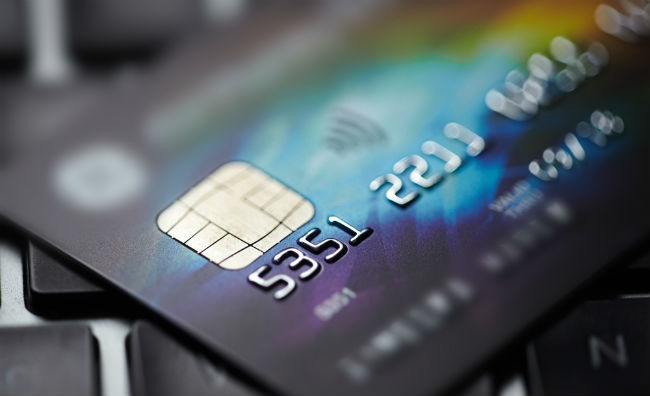
If you’ve got a credit card or a debit card, by now you’ve probably gotten a “chip card” in the mail. Perhaps you’ve even had to shove it into a little slot on the new card readers at the grocery store. You might have wondered just why, and how this is supposed to improve things, and it turns out that remains a good question.
Your chip card, or EMV card, came in the mail because credit card companies are sick of getting ripped off. Credit card companies eat billions of dollars every year in fraudulent charges, and they were sick of it. EMV technology is supposed to cut down on theft by introducing a second step into the process. In addition to your card’s number, the chip generates a unique transaction identity code, making buying stuff in person more secure.
So the major card companies decided to adopt this technology, and to make retailers play ball, they stated that if there was a fraudulent transaction on a non-EMV card, the retailer would have to take the hit. It turns out a lot of retailers are willing to take the hit due to the fact that EMV transactions take longer, and they lose more money from long lines than fraud. It’s actually gotten bad enough that the main player in EMV technology, VeriFone, has taken a severe financial hit from selling EMV technology.
That said, don’t expect to get your old card back any time soon. Credit card fraud is out of control, and it’s a problem for everybody with a credit card. Look at it this way, as you’re waiting in line: What’s better, spending a few minutes in a line, or trying to explain to customer support that you did not, in fact, send eight 4K TVs to Latvia?
(via Yahoo Finance)






